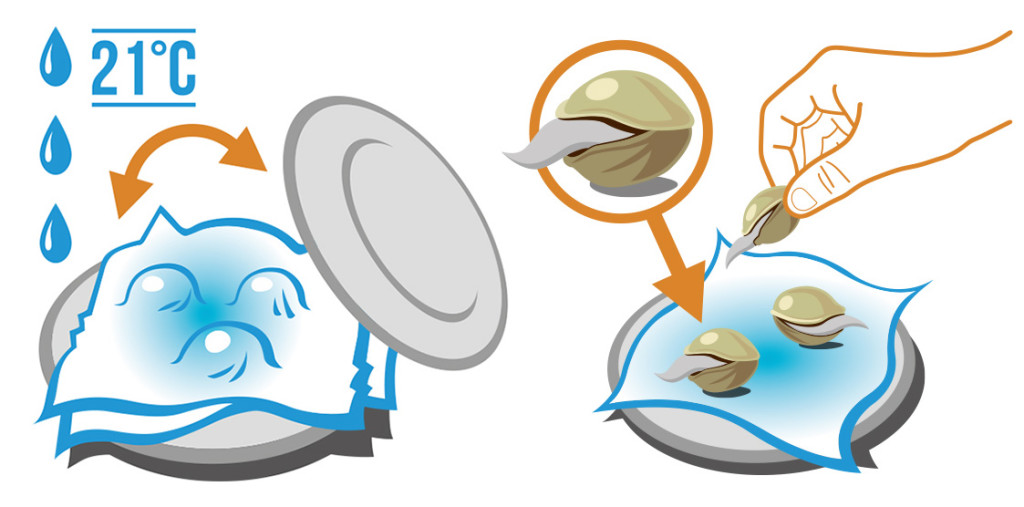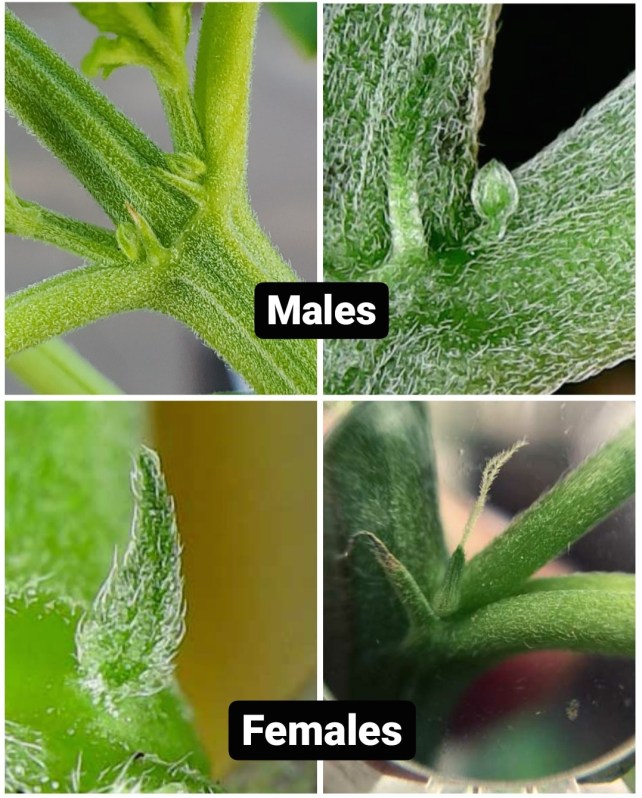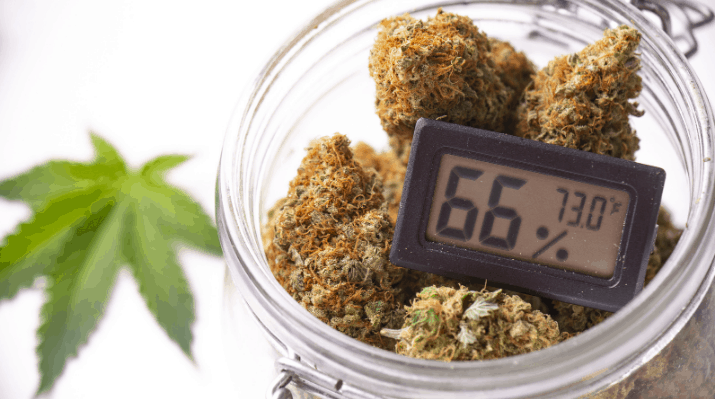- Selecting a site to grow
- Selecting the proper genetics
- Identifying viable seeds and sprouting
- Early growth and sexing
- Vegetative growth
- Flowering
- Harvesting and drying
Selecting a site to grow
Before you can sow your seeds you must find a suitable location to grow your plants. The garden should be located in an area where people are unlikely to stumble across it. Try to grow away from roads, trails, railroad tracks, power lines and any man-made structures. Pricker bushes, mud, water and steep hills are all people’s deterrents. Growing near small pine trees also helps hide your plants in the fall when other plants are turning brown and cannabis remains green. Also, find out when and where hunters start to roam the woods in your area.
Cannabis likes a lot of sunlight. Your grow site should have at least three hours of direct sun every day. cannabis will grow the fastest with around five hours of light every day. The less light the plant receives the slower the growth and the smaller the yield. If there are less than three hours of direct light at the grow site then tin foil can be put around the plants to reflect more light on the leaves. If you are in a low light area this will make a big difference. cannabis also seems to respond better to morning sunlight than afternoon sunlight. Keep this in mind when selecting a site.
Soil is obviously an important factor when determining a grow site. cannabis likes soil that drains well and has a pH of about 6.5. cannabis soil should compact when you squeeze it and break apart easily when you poke it. Sand, perlite or vermiculite can be added to soils that drain poorly. The pH of the soil must also be kept around 6.5. If the pH is too extreme then the plant will not be able to absorb nutrients properly. Low pH also causes more males to develop. The pH can be raised by adding hydrated lime. The lime is slow acting so add it during the fall or at least one month before planting. pH can be lowered by adding sodium bicarbonate to the soil.
The level of the water table at the grow site is also important. If the water table is too high and the soil is too wet the roots will not receive enough oxygen and die. Too low then the soil will dry out quickly and you will have to water often. If the ground is too wet then the plants must be grown in pots. The larger the better. The pot should have a one-inch layer of gravel for good drainage. The rest of the pot should be filled with potting soil.
A nearby source of fresh clean water is also helpful. If no water is available in the area for watering then large buckets or barrels should be partially buried. These will collect enough rainwater for watering. If you have to bring water to the grow site then do it at night and water the following morning. Watering at night or late evening will increase the chance of developing a mould problem. Any equipment needed for watering or garden maintenance should be left hidden at the site.
Wild animals love to eat young cannabis plants and if you don’t want your plants to be food then you must keep them away. Human hair and blood work well. Hair from predator animals such as bears, foxes, lions and wolves also works well. If you would rather put up a fence then the fishing line hung at eight inches and 3 feet off the ground will stop deer. When the plants are small a drinking glass can be placed over them to act as a humidity tent and to keep rodents and deer out.
Selecting the proper genetics
Humans have been cultivating cannabis for thousands of years and, as a result, hundreds of cannabis seeds varieties are available to the grower. There are many commercial “seedbanks” that sell many award-winning strains. Be sure to select a marijuana seeds strain that will survive in the climate it is to be grown in. For example, a strain native to Jamaica, where the growing season is longer, will not be able to complete flowering in Canada. Know the date of the first expected frost and choose a cannabis seeds variety that will be ready for harvest before then. If you are growing commercially then the yield per plant is also important. Different marijuana seeds strains have different yields.
Identifying viable seeds and sprouting
Once you have received your cannabis seeds and the grow site is ready you may begin sprouting the marijuana seeds.

If you choose to sprout in paper towels then get a flat pan and cover it with three paper towels. Wet them thoroughly and spread the seeds out on the paper towel. Cover with another three paper towels and cover the whole deal with plastic wrap. Place the pan it a dark, warm place. Check daily for new sprouts and never let the towels dry out.
Once the white root on a sprout is 1/4 inch in length then it can be placed in the Jiffy-pot. The Jiffy-pot should be filled with the same soil as the plant is to be grown in permanently. Stick a pencil point 3/4 inch into the soil. Plant the seedling with the white root facing down and cover loosely with dirt. Water with a high phosphorus fertilizer at 1/4 and never let the soil dry out. Within a week the cotyledon will appear followed by the spiked leaves about one week after that.
Growing Cannabis Seeds Outdoors – Early growth and sexing
Now the plants should be on their first or second node of spiked leaves. Fertilizer is not yet needed at this stage. Continue to water whenever the soil feels dry. Make sure your plants are protected from animals. Also, watch for and moulds. Any plants with mould on them should be removed immediately. Be careful not to shake the plants because the mould spores will break off and affect other plants. If you are using Jiffy-pots transplant when the fourth set of spiked leaves appears. Simply place the plant Jiffy-pot and all into the soil. The pot will break down and allow passage of the roots. Once the plants have developed six or seven nodes they should be fertilized with a complete 20-20-20 fertilizer. Other combinations can be used, just make sure it contains all three macro-nutrients NPK.
The plants can also be sexed at this stage. To do this a piece of a black plastic garbage bag can be secured to the end of a branch using twist ties. Apply the bag so that the branch receives 12 hours of light and 12 hours of darkness. Ex. On at 6 PM off at 6 AM. Within three weeks the male plants will have what look like little balls forming on the branch. The females will have two tiny white hairs emerging from an immature calyx. The males can now be removed and you are guaranteed a crop of all females. Remove the plastic from the branch of the female and she will begin growing again.

Growing Cannabis Seeds Outdoors – Vegetative growth
By now the plants should be well established. Water when the soil feels dry around three inches deep. Spray light with insecticide and re-apply after it rains. The plants should be fertilized about every three to four weeks. If the plants receive enough light and get all the nutrients and water it needs then it is not uncommon for them to grow up to two inches a day. Should symptoms of a deficiency arise, check the Nutrient Table for identification and a cure.
Be careful not to over-fertilize. (See Fig. 1.1) The soil pH should be tested again at this time. It should be a little lower than it was before you planted. This is because most fertilizers lower the pH as they break down. It probably won’t be a problem but if the pH is below 6.2 then water with wood ashes until the pH is back up to 6.5.
As the plant ages, its roots become less and less effective at bringing nutrients to the plant. You may decide to start foliar feeding at this time, that is spraying a nutrient solution directly onto the leaves. The leaves can absorb nutrients just as well as the roots can. If you do desire to foliar feed then back off the fertilizer to half strength.
Get a good spray bottle and set it to the finest spray. Foliar feeding should be done between 5 AM and 9 AM when the leaves stomata are open. If it is done later than this then the stomata may not be open at all. The leaves should be misted with the nutrient solution. Do not drench the leaves. It is better to feed twice a week than drench the plants once every two weeks. The day after foliar feeding the leaves should be sprayed with water to wash off any unabsorbed nutrients from the leaves.
Pruning may also be needed at this stage. Trimming the plants will promote branching and keep the plants shorter and harder to spot. Pruning may not be needed for some strains. Other strains concentrate more growth around the stem and pruning may be needed to develop more bud-producing branches. Some growers argue that pruning will stunt the plant’s growth and may even produce more males due to the stress of removing branches. However, pruning has shown itself to be a helpful technique in increasing yield and keeping plants short and out of sight If you choose to prune use sharp, clean scissors to snip the branch. Where you cut the branch two new branches will grow from that point. Never take off more than six inches when pruning.
Growing Cannabis Seeds Outdoors – Flowering
Flowering is triggered in cannabis when the length of uninterrupted darkness reaches a certain length. The actual time varies from plant to plant but a guideline is 12 hours light and 12 hours dark. Be careful if you visit your garden at night. Any light, even that from a weak flashlight will destroy the hormone that induces flowering and the plants will revert back to vegetative growth. If you must visit at night don’t use any light, or better, visit during the day. If you removed the males earlier then you have little more to do but wait. However, if the males are still present then keep a close eye out for them.
As soon as you can determine its sex a male should be removed to keep it from pollinating the females. Once the males begin to appear it won’t be long before the females begin to show. Don’t spray with bug spray during flowering or you will taste it in the smoke. Also, fertilizing should be minimized or cut down to 1/4 strength. cannabis uses large amounts of phosphorus during flowering so 15-30-15 should be used at 1/4 strength if needed at all. 90% of your cannabis garden yields is in cannabis seeds genetics you have chosen to use. Lots of experienced growers growing for yield choose Big Bud cannabis seeds as this strain is a well know high yielder.
Harvesting and drying

Now is the time when all the hard work pays off. By now the buds and resin should be forming at a rapid rate. The time to harvest the plant is when 3/4 of the white pistil hairs have turned brown. Use a magnifying glass to examine the resin crystals on the leaves. They should appear amber right before you cut the plants. If they are clear the resin has not reached full potency. If they are brown then the resin has already peaked and potency is declining rapidly. When you go to harvest bring backpacks to carry the plants. Cut the branches off and place them in paper bags. Remove the large lower leaves right there because they are unsuitable for smoking. Try not to shake the plants too much because the resin glands will fall off.
When the plants are home put them in Rubbermaid containers and let them sit. Stir them around twice per day and check for mould. If mould appears take the plants out immediately and spread them out to dry. They can be put in the microwave to kill the mould. Keep the buds in the dark. Light degrades THC. After about three weeks the buds should be taken out and the leaves should be removed except for the ones with lots of resin. Place the almost dry buds in some newspaper and put them in a warm dry place. After a week the stems should be brittle enough to snap with your fingers. Now the weed should be totally dry and ready to smoke!


[…] your plants outdoors to flower), then CO2 will not be a major concern unless you have a sealed greenhouse, closet or bedroom, and wish to increase yield and decrease flowering […]
[…] Africa and Ghana are becoming one of the world’s top marijuana and outdoor cannabis seeds producers. African experts allege that South African pot contains a deviant THC molecule […]